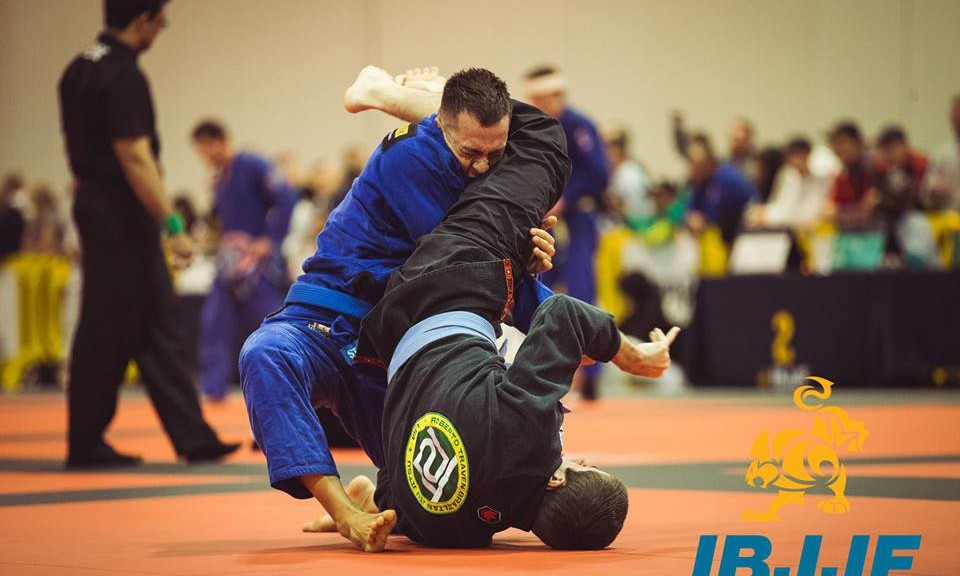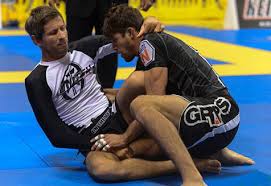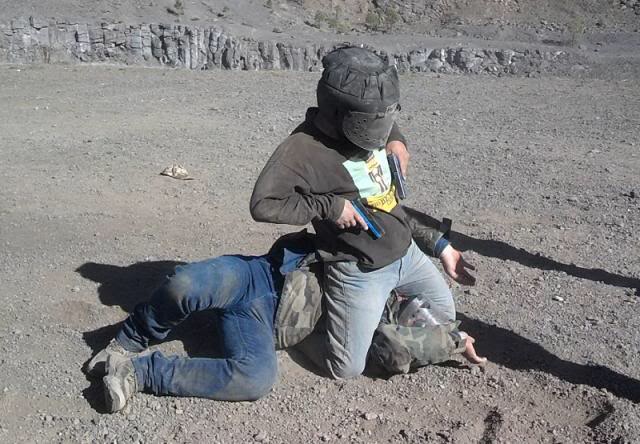There are many positive things about training in BJJ.
Perhaps the single best one is that the mat does not lie.
Far too often, and historically speaking, self-defense
training was based largely on faith. We had to trust that what we were learning
would work, because we could not test them particularly well. They were “too
deadly to spar”, or in the case of firearms, no one wants to get shot in
practice. We did not have the gear or even a good framework to attempt to apply
them.
As students, we had to accept the stories told by our
teachers. That this particular technique worked 300 years ago in SE Asia to
fight off pirates or marauding invading samurai, or that this other technique
was really successful in killing Nazi sentries in WW2. Any martial art geek
(this writer right there among that crowd) can talk about legends of people who
came before, especially if said person was in the same lineage. I remember
reading a ton of stories about legendary rooftop fights that happened all the
time in Hong Kong in the 50’s and 60’s. A number of Chinese martial artists,
including Bruce Lee, had some their laurels stemming from these encounters.
Then, thanks to the wonders of the internet age, someone found actual film of
some of these fights and put it online for the world to see. I cannot begin to
tell you of my disappointment at seeing them. A bunch of 12 year olds fighting
in the school yard had better skills and technique than these “masters”
exhibited. But prior to that, we had to accept the myth that these were amazing
fights and only gods among men could emerge triumphant from them.
Thankfully, there were three concurrent events happening.
One, the rise of the information age made it easier to trade facts and truth
rather than legends. Two, the advent of better training gear, ranging from
headgear and gloves all the way to firearm marking cartridges (simunitions and
UTM) allowing us to be more safe in applying real force and pressure on
training partners and coming as close as possible to experiencing what a fight
for your life may feel like, and three, the arrival of Brazilian Jiu-jitsu into
the US and then the rest of the world.
What BJJ did, outside of giving us a functional and safe
grappling methodology accessible to anyone, was to give up a template and
framework in which we could truly test things. Every single time you step on
the BJJ mat to train, the truth will be revealed. No longer can a “master” who
is too fat to even climb a flight of stairs without stroking out can pretend to
be a fighting god. No longer can someone say that all it takes to win a fight
is to eye gouge or groin grab someone. It is no longer possible to pretend to
know something about the mysteries of fighting without being able to demo the
ability to apply that mystery.
That extends to the world inside BJJ as well. Anyone can go
on Amazon and buy a black belt, put it on and walk into a BJJ academy. But they
will be kindly asked to show what they can do. And it will be evident quickly if
they are a phony or not. Royce Gracie once said “A belt covers two inches of
your ass. You have to cover the rest.” And truer words were never said. There
have been some cases of a phony belt getting caught publicly and sometimes the
video even goes viral. More often, it is a quieter and more private affair
where someone comes to an academy and says they are a purple belt (or any belt
lower than black). But it only takes a couple of rolls to find out if that is fact
or fiction. Sometimes the person does not know he is not at that rank. He was
given it for some other reason by a higher belt (probably for financial or
student retention reasons by the instructor – and shame on him for doing so),
and moves to another school and after a bit of training realizes he is out of
his depth. At a good school, they will help him to grow into that belt rather
than punish him for someone else’s mistake and make him take it off. That has
happened multiple times at my Professor’s academy. We know it is not his fault,
and can help him, but we don’t have to tell him what is up. The mat does not
lie and shows him the truth.
Sadly, there are still people out there who try to fool the
world, but if they have not been caught, they will be. My favorite is the guy
who never really out and out says he is a black belt in BJJ, but wears a black
belt because he is a black belt in some other art like Tae Kwon Do. He
knowingly knows he is being deceitful, but is desperate to get away with it.
Nothing ever good comes from that, because eventually, the truth will tell,
because the mat does not lie. It is fine to tell the world you are awesome, but
the mat says prove it. And you either can, or cannot.



